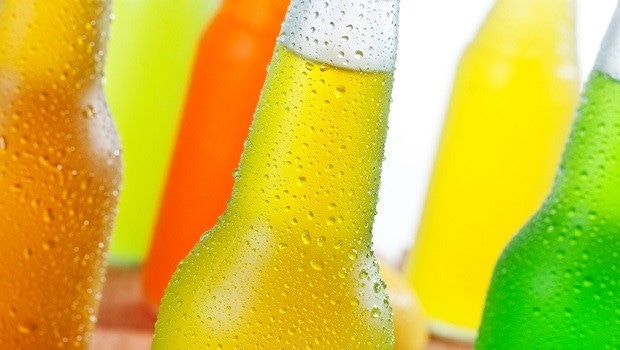Trends in Global Consumption of Sugar-Sweetened Beverages
The topic of sweeteners, whether natural or artificial, is an ongoing source of debate in the food and beverage industry for years. Sodas, energy drinks and other sugar-sweetened beverages have been under attack in recent years, as critics have questioned their effect on obesity and overall health. Just last month the beverage category suffered another setback to its reputation after research found consumption of the drinks may lead to an estimated 184,000 adult deaths annually.
August 14, 2015

The topic of sweeteners, whether natural or artificial, is an ongoing source of debate in the food and beverage industry for years. Sodas, energy drinks and other sugar-sweetened beverages have been under attack in recent years, as critics have questioned their effect on obesity and overall health. Just last month the beverage category suffered another setback to its reputation after research found consumption of the drinks may lead to an estimated 184,000 adult deaths annually.
For the industry to debunk these myths, it’s important to understand trends in consumption of sugar-sweetened beverages. A new study published in PLoS ONE revealed global diversity in existing intakes and trends in global consumption of sugar-sweetened beverages, fruit juices, and milk. Researchers from the Friedman School of Nutrition Science and Policy at Tufts University assessed data from 195 dietary surveys, representing over half of the world’s population, and also incorporated food availability data in 187 countries between 1990 and 2010. Taking into account differences in these sources of data, statistical analyses determined the average consumption levels of sugar-sweetened beverages, fruit juices, and milk in 1990 and 2010 among men and women (aged 20 years and older) in seven age groups in 187 countries. Sugar-sweetened beverages were defined as sodas, fruit drinks, sports/energy drinks, sweetened iced teas, and homemade sugary beverages such as frescas.
Study results are important because they identify important variation among different international subgroups and can inform efforts to measure the impact of these beverages on global health and aid in developing targeted health-oriented nutrition policies for specific populations.
Global trends in 2010 revealed major variation by region, with highest sugar-sweetened beverage intake in the Americas, particularly in parts of Latin America and the Caribbean; highest fruit juice intake in Australasia; and highest milk intake in Northern Europe. There was a large variation by age, with higher intake of sugar-sweetened beverages in younger adults and higher intake of milk in older adults.
In 2010, average global consumption sugar-sweetened beverages was highest in men ages 20-39: 1.04 8-oz. servings per day. This varied across regions, and was lowest in East Asia and highest in the Caribbean. In comparison, globally, women over age 60 had the lowest consumption of 0.34 servings per day. Sugar-sweetened beverage consumption was highest in the Caribbean with adults consuming on average 2 servings per day. The lowest consumption occurred in East Asia with 0.20 servings per day. Adults in the U.S. had the 26th-highest consumption of sugar-sweetened beverages out of 187 countries, averaging 1 serving per day.
Average global consumption of fruit juices (beverages containing 100-percent fruit or vegetable juice with no added sweeteners) was highest in women ages 20-39—0.23 8-ounce servings per day. On average, fruit juice consumption increased with country income level; rates were the highest in high-income countries and lowest in low-income countries. In the United States, adults consumed about 0.36 servings of fruit juice per day, the 21st highest consumption out of 187 countries.
Average global consumption of milk (skim, low fat, whole and other dairy drinks) was highest for women over age 60—0.68 8-ounce servings per day; men ages 20-39 consumed 0.51 servings of milk per day. What’s more adults in wealthier countries typically drank more milk than those in poorer countries. Adults in Sweden and Iceland consumed the most milk at 1.6 servings per day, and adults in Finland also consumed more than 1.3 servings per day. In the United States, adults consumed on average 0.69 servings per day, the 64th highest consumption out of 187 countries.
You May Also Like




.png?width=800&auto=webp&quality=80&disable=upscale)